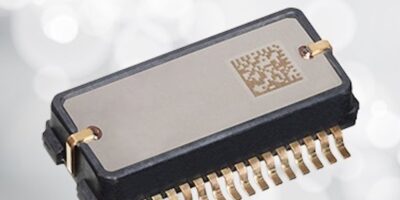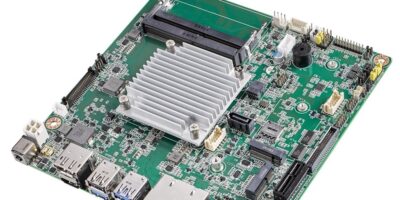Offering six degrees of freedom (6-DoF), the SCHA63T MEMS-based XYZ axis inertial sensor has been designed by Murata for high-precision machine control and Global Navigation Satellite System (GNSS) positioning support.
The sensor has a digital serial peripheral interface (SPI) which enables engineers to deliver industrial equipment with robust and reliable, centimetre-level positioning accuracy, even in environments where there is high mechanical shock and vibration, says Murata. Target industrial applications include inertial measurement units (IMUs), machine control and guidance equipment, navigation and positioning systems, dynamic inclination, robotic control, and unmanned aerial vehicles (UAVs).
The SCHA63T sensor has gyro bias instability down to one degree per hour and gyro noise density of 0.0015 degrees per second per √Hz. These parameters contribute to a best in class performance, says Murata. The low acceleration linearity error ensures high accuracy machine control and guidance while cross-axis calibration enables better than 0.14 degrees orthogonality error. Additional features include user-selectable filter settings of 13/ 20/ 46/ 300Hz, and extensive self-diagnostics enable the sensor to be used in safety-critical applications.
The SCHA63T 6-DoF XYZ-axis inertial sensor is currently in mass production, with product samples available upon request.







